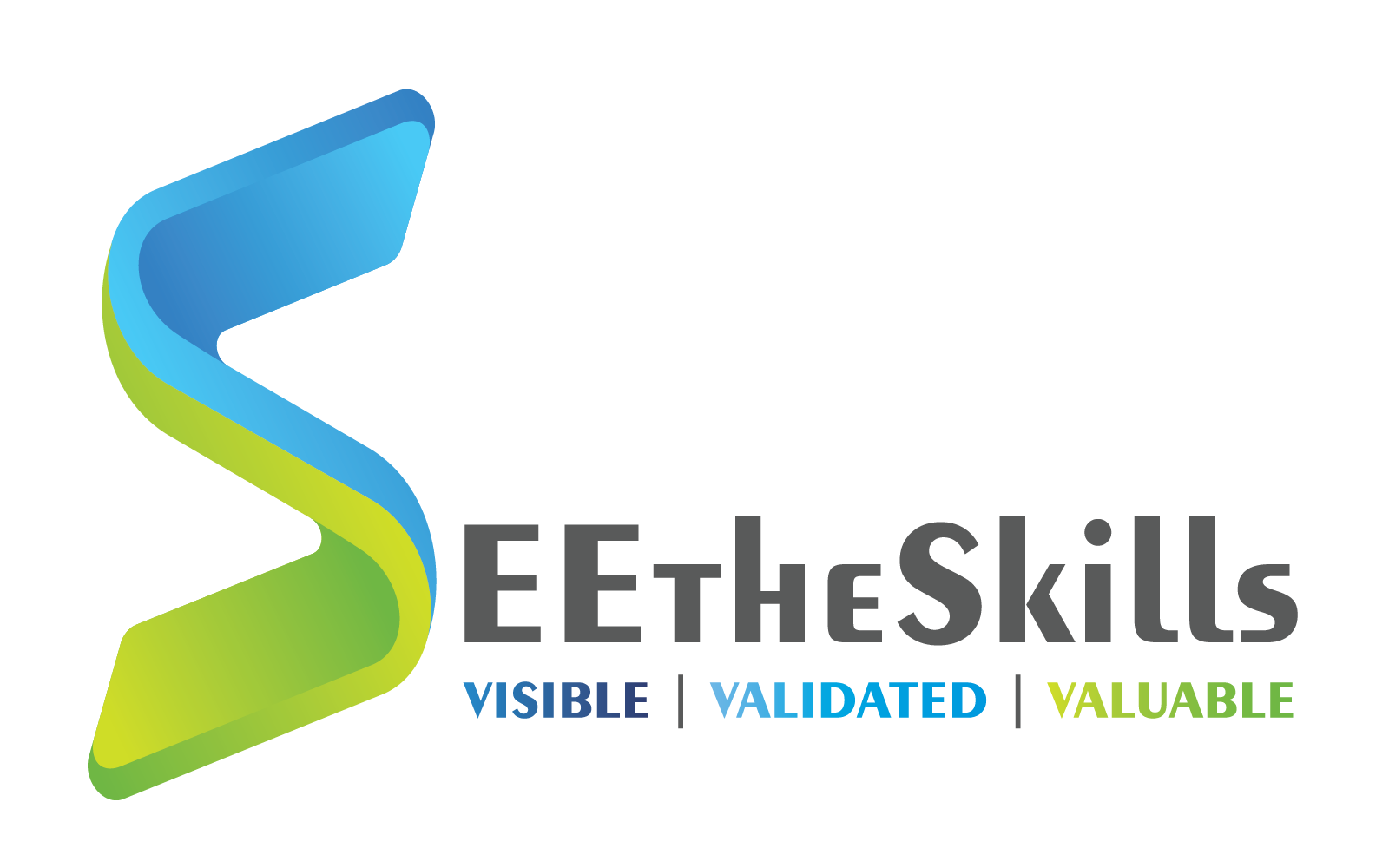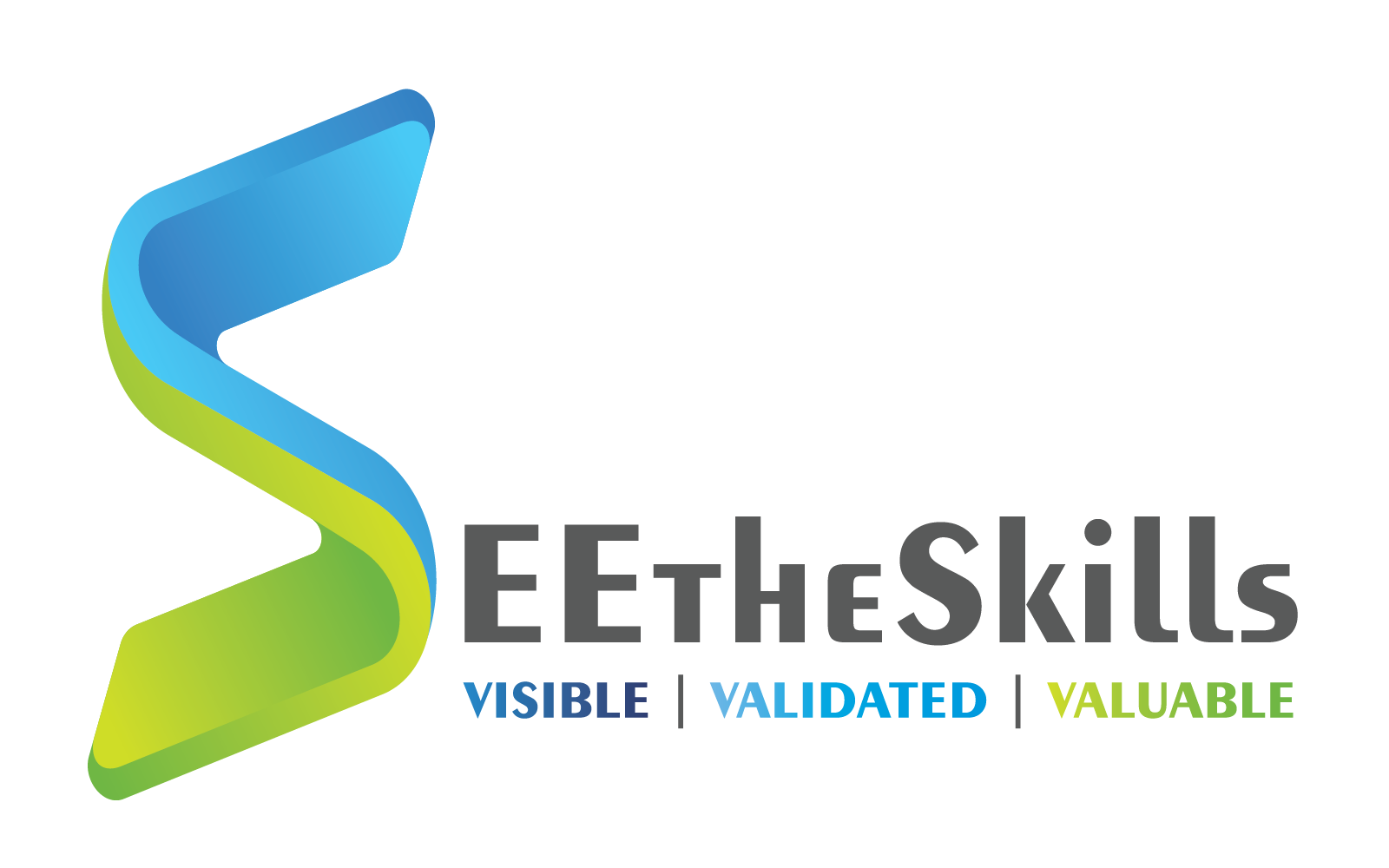MODUL BIM-1 [EN]
Effective data collection for digitization of existing assets.
 This webinar is the result of task 3.5 enabling e-learning. It forms study material for e-learning module (webinar) on the topic of Effective data collection for digitization of existing assets with special focus on Terrestrial Laser Scanning. Laser scanning has become a part of the surveying practice during the last three decades of the development of scanning systems. Laser scanning technology is one of the most effective methods of spatial data acquisition and creation of 3D models in the present days. The advantage of terrestrial laser scanning (TLS) to conventional geodetic methods is the effectiveness of spatial data acquisition. It is used more and more in surveying, civil engineering, industry, architecture, archeology, and in many other similar areas. TLS systems enable documentation of the whole measured object with all constructional elements. The high scanning speed of the current scanners enables a significant reduction of time necessary for measurement, an alternatively increasing amount of obtained information about the measured object. More data (several million points) enable creation of complex models or documentation of objects in the form of a detailed point cloud.
This webinar is the result of task 3.5 enabling e-learning. It forms study material for e-learning module (webinar) on the topic of Effective data collection for digitization of existing assets with special focus on Terrestrial Laser Scanning. Laser scanning has become a part of the surveying practice during the last three decades of the development of scanning systems. Laser scanning technology is one of the most effective methods of spatial data acquisition and creation of 3D models in the present days. The advantage of terrestrial laser scanning (TLS) to conventional geodetic methods is the effectiveness of spatial data acquisition. It is used more and more in surveying, civil engineering, industry, architecture, archeology, and in many other similar areas. TLS systems enable documentation of the whole measured object with all constructional elements. The high scanning speed of the current scanners enables a significant reduction of time necessary for measurement, an alternatively increasing amount of obtained information about the measured object. More data (several million points) enable creation of complex models or documentation of objects in the form of a detailed point cloud.
The module is divided into three main parts: 1. Laser Scanning Systems, 2. Point cloud Processing and 3. Modeling and Analysis. This is the first part - Laser Scanning Systems dealing with the basic functional principle of laser scanning. The principle of 3D optical measuring systems, the categorization of different laser scanning systems, and the measurement using terrestrial laser scanners are described in the individual sections of the document.
